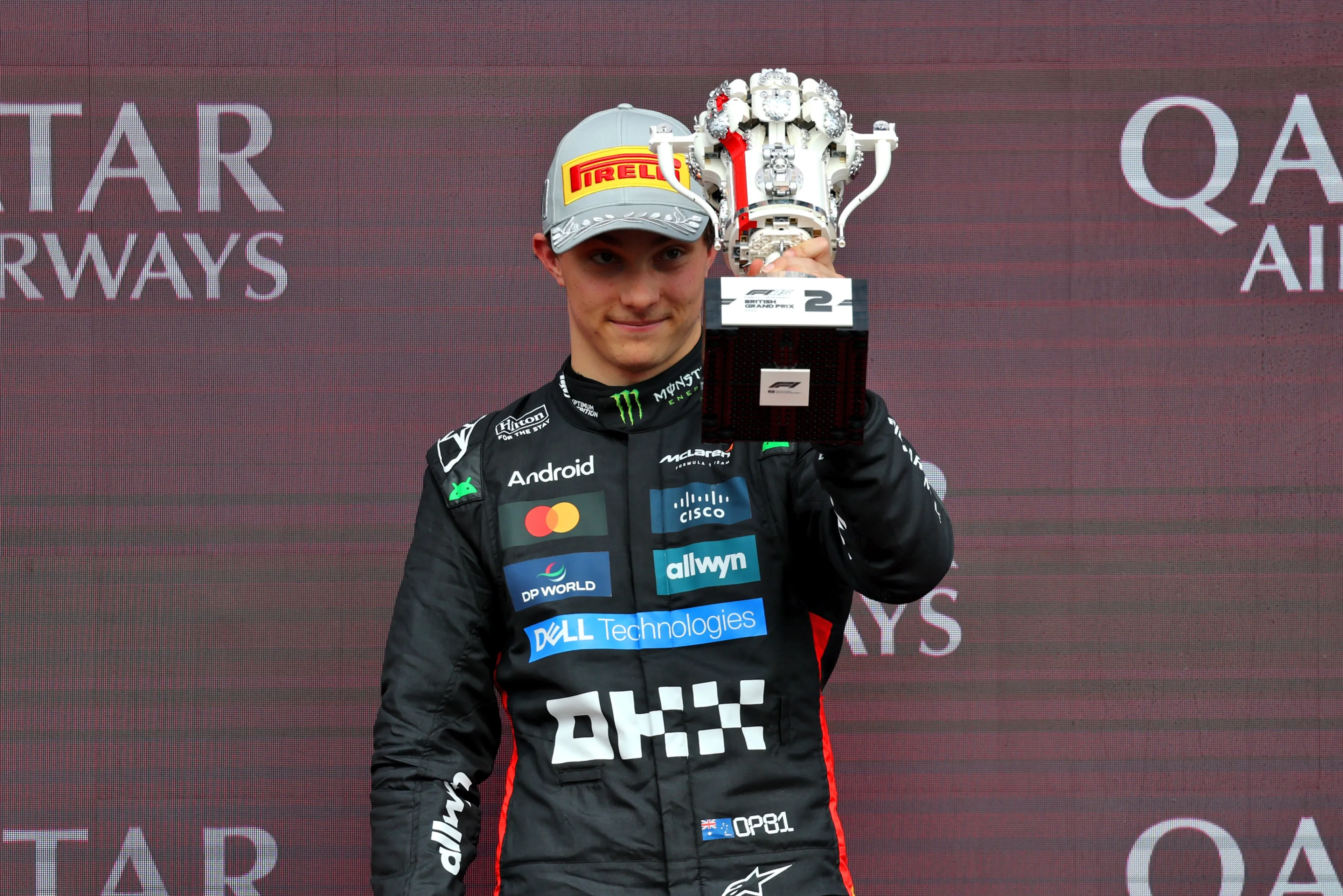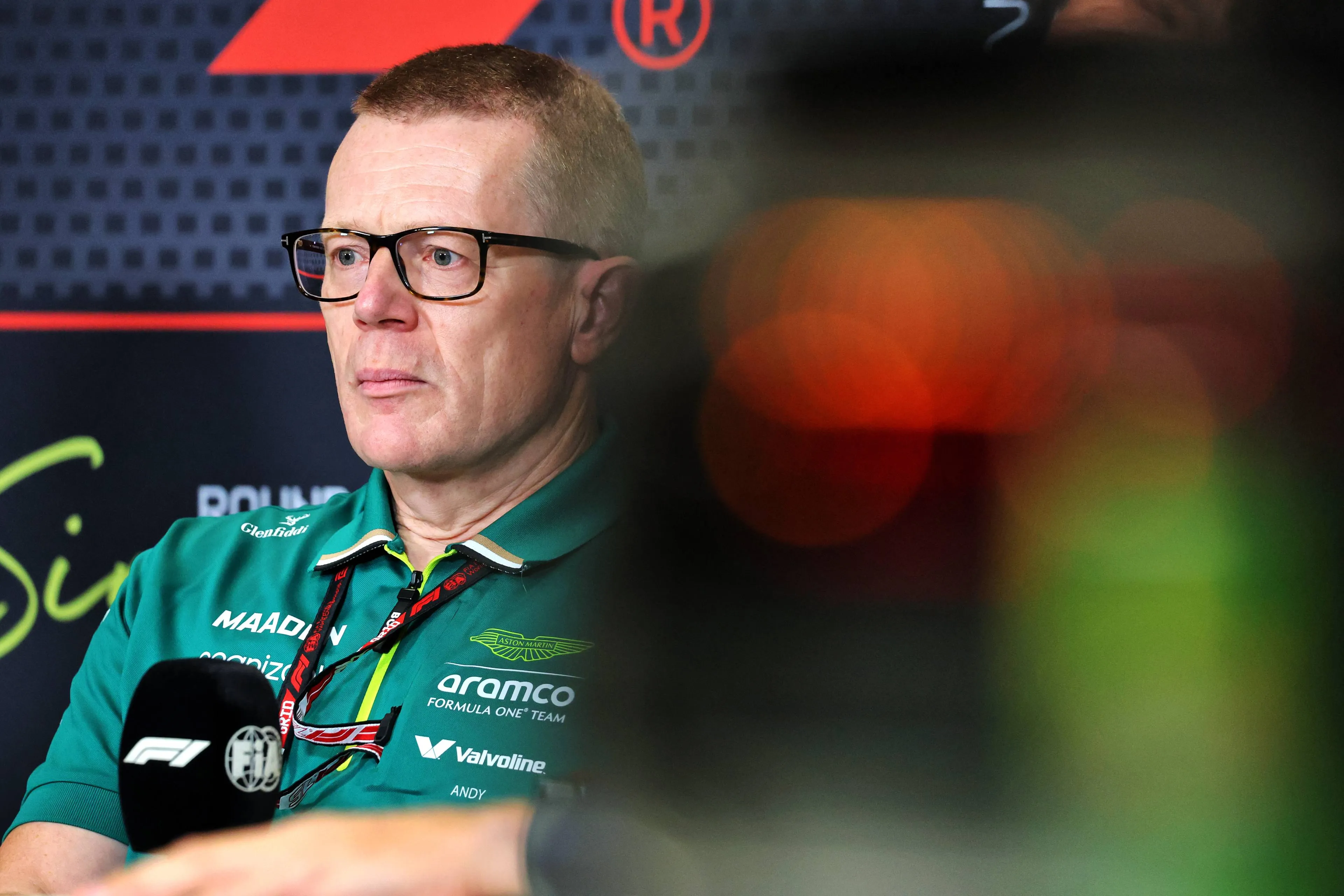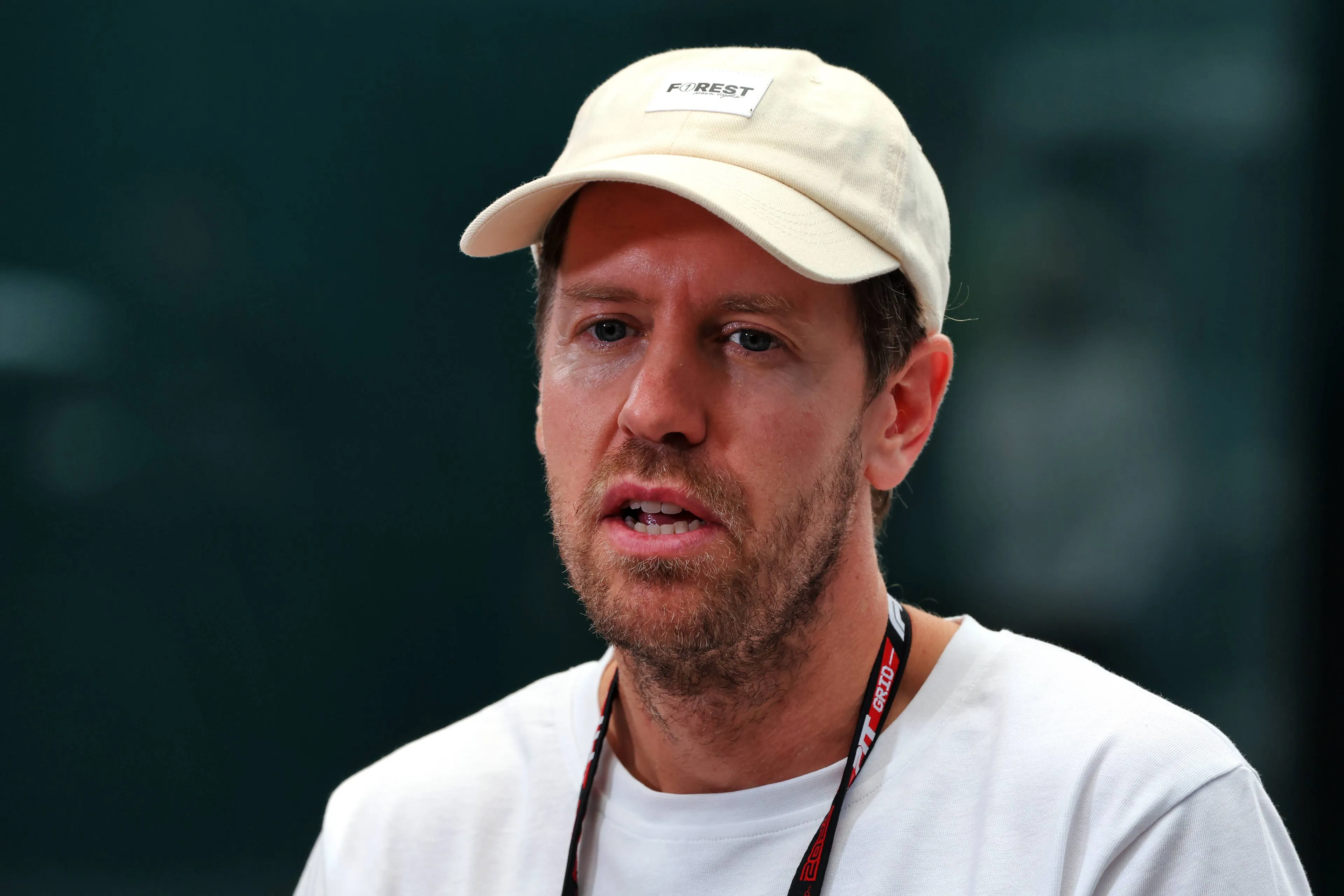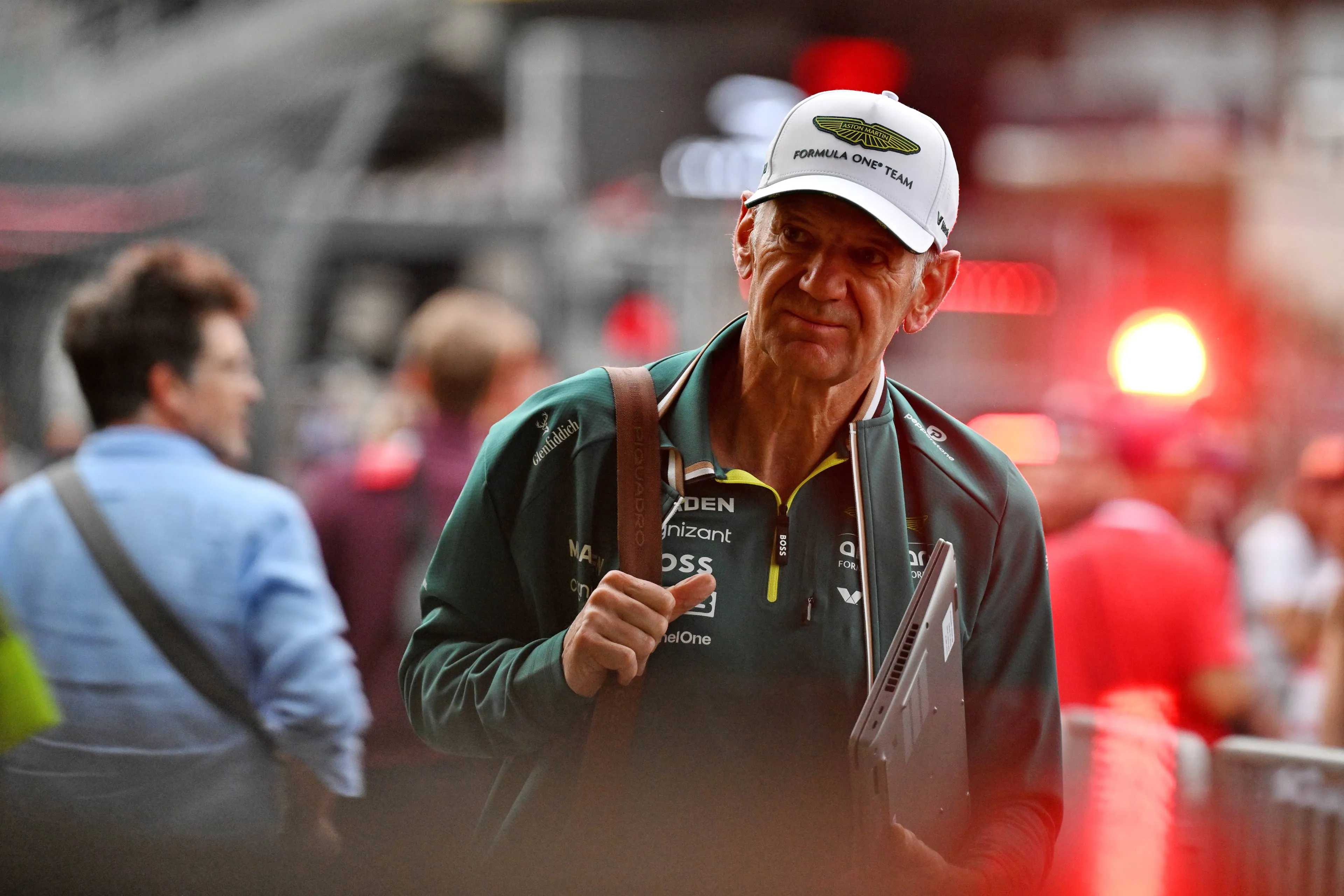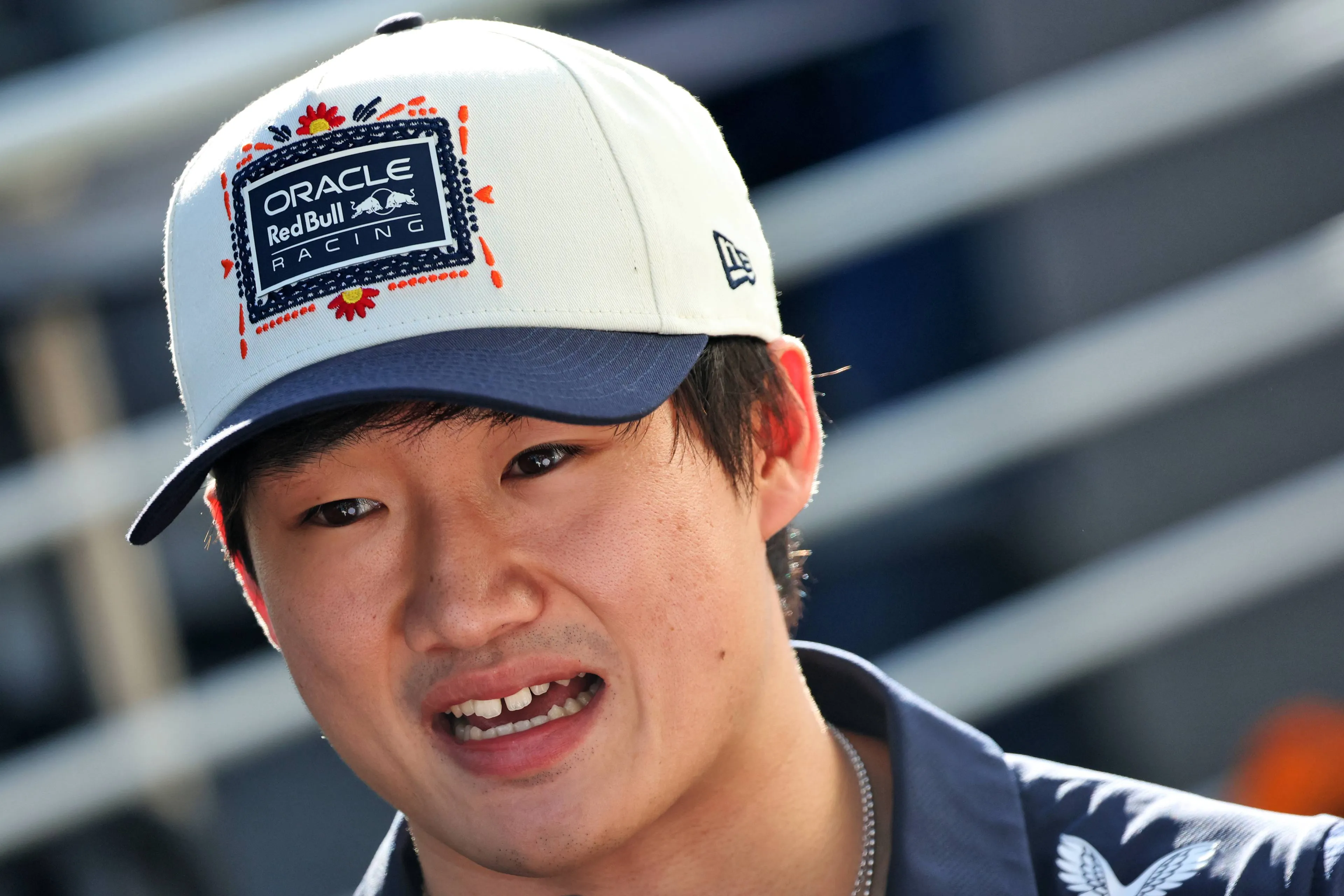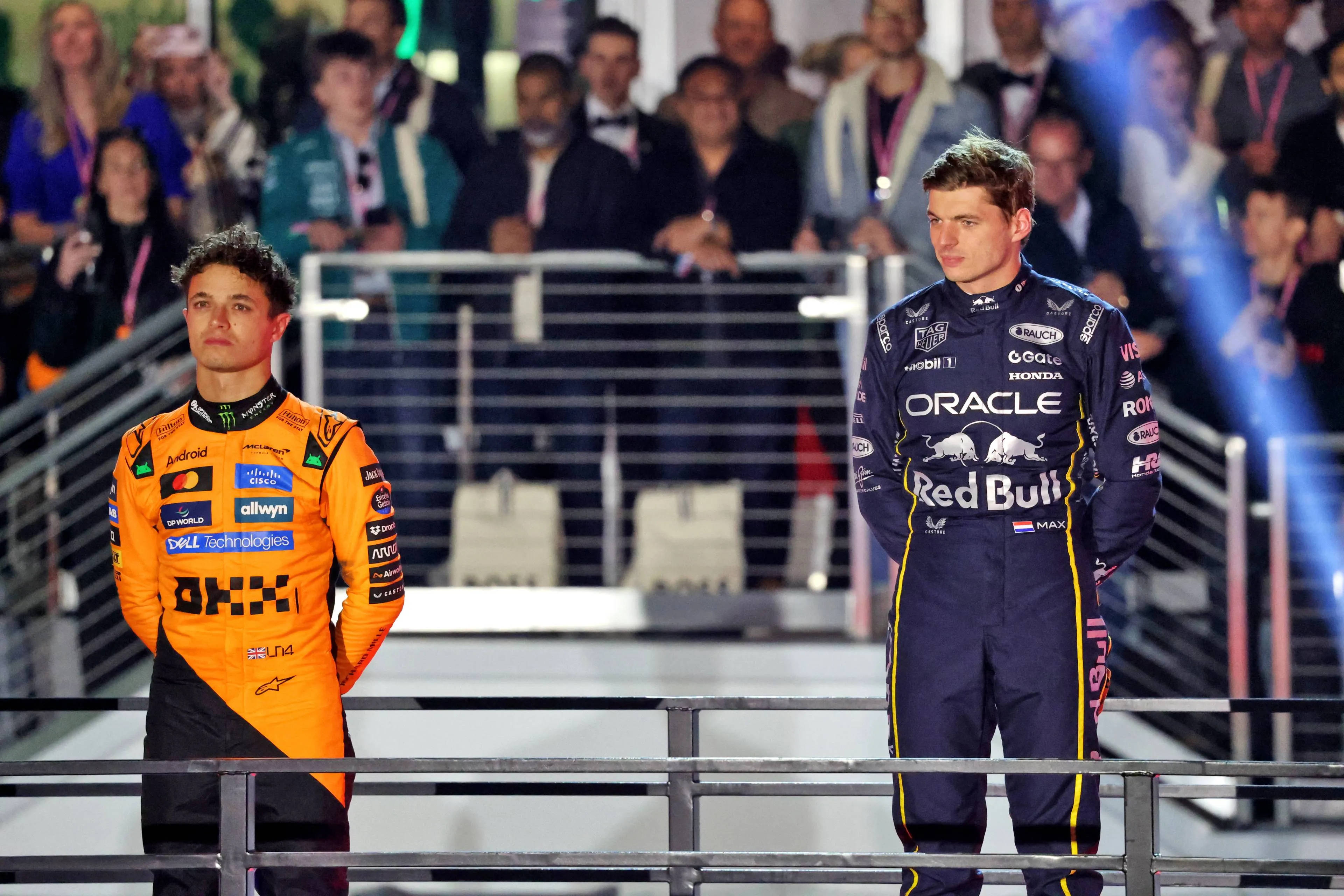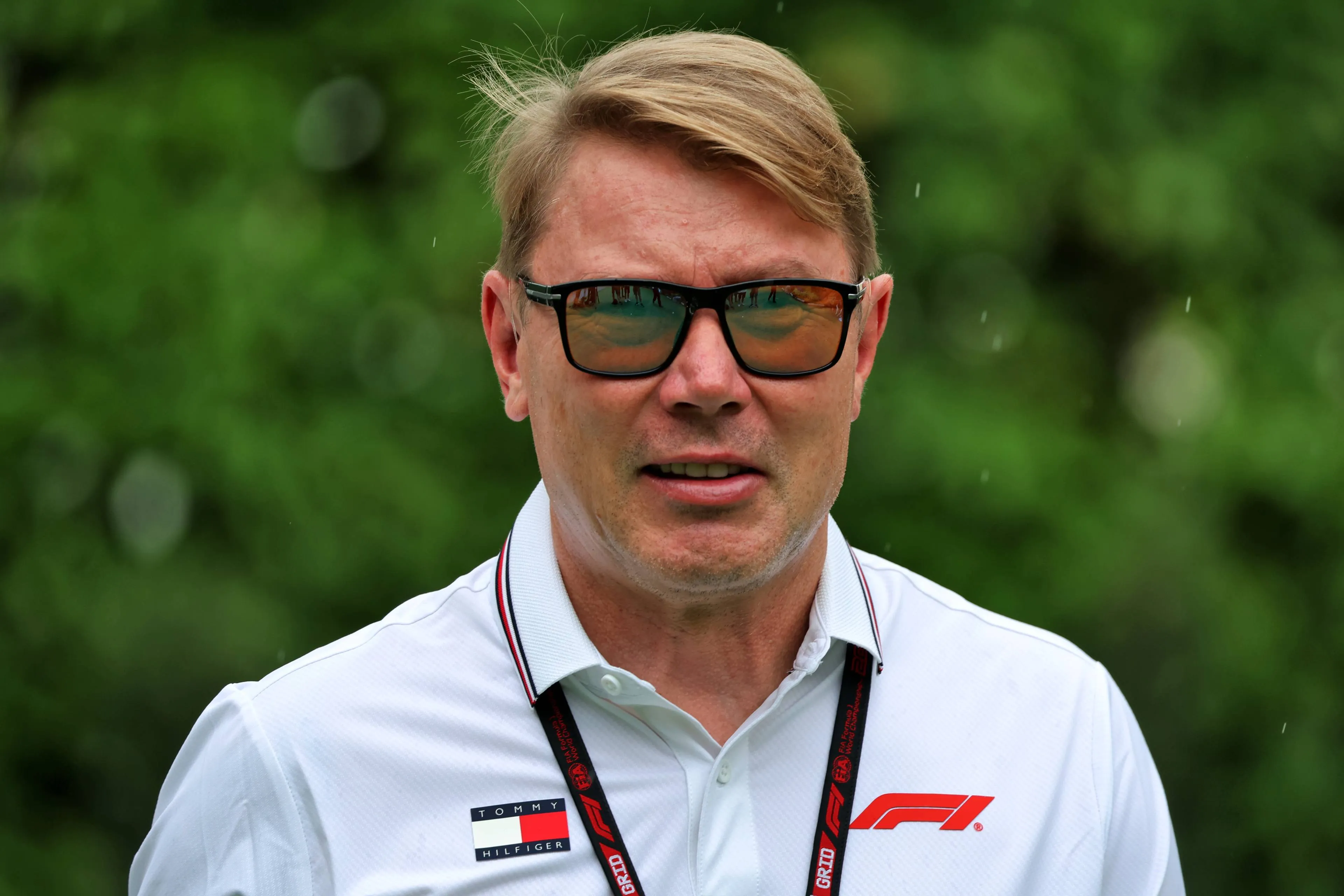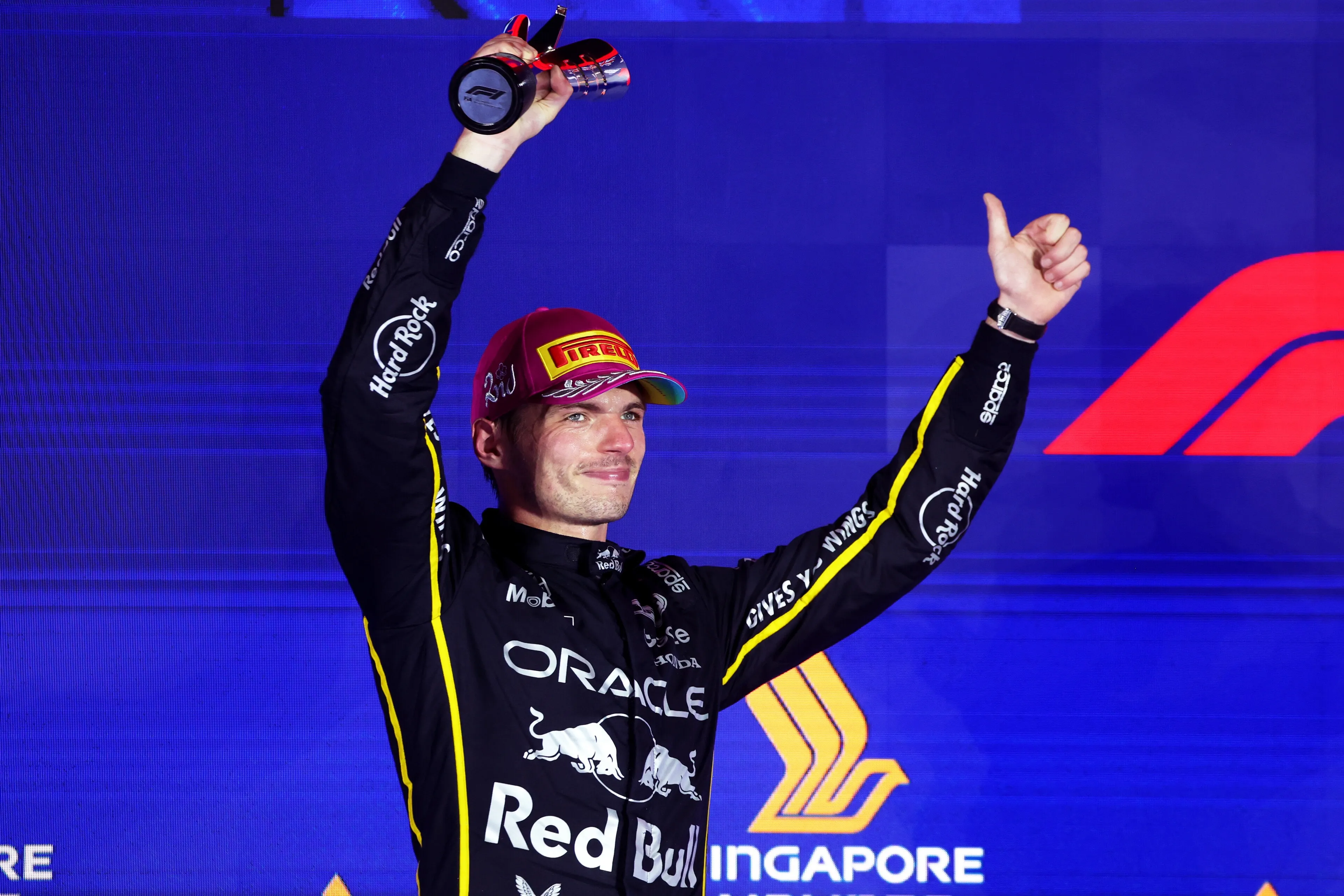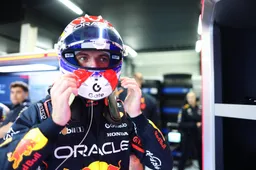Penalty for Piastri but NOT for Russell: what the stewards' verdicts reveal
10:22, 07 Jul
Updated: 10:23, 07 Jul
6 Comments
Co-author:Kada Sárközi
Oscar Piastri received a ten-second time penalty and two penalty points for 'erratic' braking behind the safety car at Silverstone. In Canada. How is this possible?
Oscar Piastri, leading the race behind the safety car, suddenly braked hard. Max Verstappen had to swerve to avoid a collision with the Australian.
Talking to GPblog among others follow the race, Verstappen did not understand why Piastri was the first to receive a penalty for this. In Canada, George Russell also braked considerably with the Dutchman behind.
"No one told me during the race. The thing is that it happened to me now a few times, this kind of scenario. I just find it strange that suddenly now Oscar is the first one to receive 10 seconds for it," he said.
Why did Piastri receive a penalty behind the safety car, but Russell did not
“Car 81 suddenly braked hard (59.2 psi of brake pressure) and reduced speed in the middle of the straight between T14 and T15, from 218 kph to 52 kph, resulting in Car 1 having to take evasive action to avoid a collision. This momentarily resulted in Car 1 unavoidably overtaking Car 81, a position which he gave back immediately,” the FIA document reads.
“Article 55.15 of the FIA Sporting Regulations required Car 81 to proceed at a pace which involved no erratic braking nor any other manoeuvre which is likely to endanger other drivers from the point at which the lights on the safety car are turned off.”
The main concern for the FIA was that Piastri could have endangered other drivers with his action. Verstappen had to swerve to avoid him. The Australian disagreed with this assessment after the race, suggesting the incident was less severe than what it looked like.
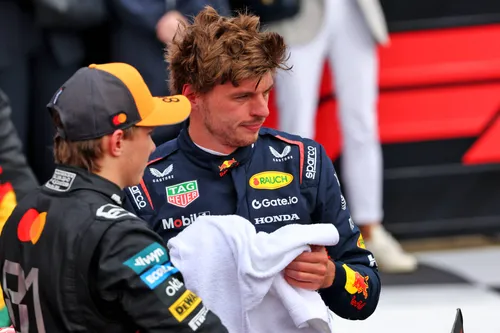
Why wasn't Russell handed a penalty? This is because the stewards found that the Brit did not endanger other drivers with his action. At that time, Verstappen was more alongside Russell than behind him, so avoiding him was not necessary. Verstappen did, however, have to brake hard.
“Periodic braking under safety car is typical and to be expected. He said that for this reason, race control always allows a degree of tolerance with respect to the 10 car length rule recognising that there is a need for a reasonable degree of braking and acceleration,” the FIA document read in response to Red Bull Racing's protest.
“The driver of Car 63’s explanation of the incident and we are satisfied that the driver of Car 63 did not drive erratically by braking where he did or to the extent he did,” the stewards' verdict was back in Canada.
Read more about:
Rumors
Popular on GPBlog
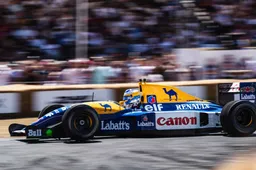
1
F1 team principal to make a stunning return to racing
4673 times read

2
Toto Wolff picks his most underrated Formula 1 driver on the grid
2494 times read

3
Verstappen on the verge of matching famous Senna record in Qatar
1801 times read
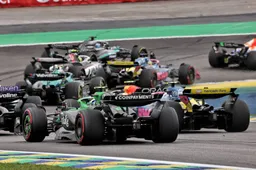
4
Severe penalty looms for Formule One drivers if they ignore Qatar’s new rule
1721 times read
Loading
